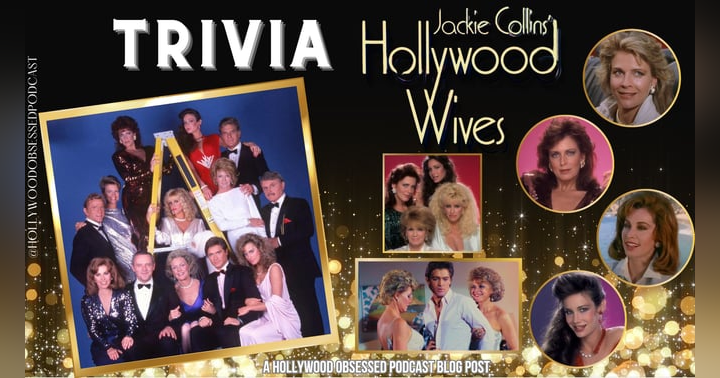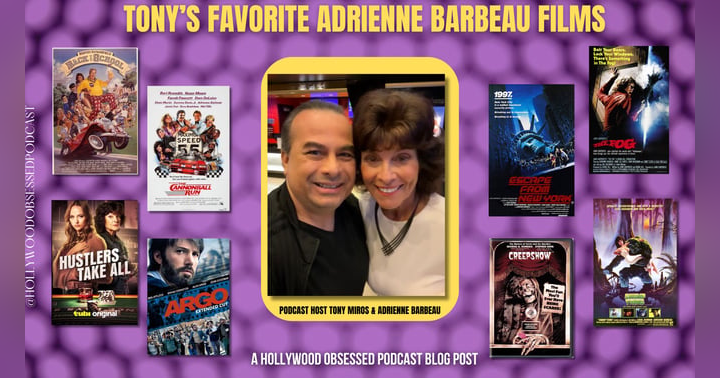When Norma Desmond says to the guard at the "Paramount Studio" gates, "Without me there wouldn't be any 'Paramount Studio'" the words could apply to Gloria Swanson herself, as she was the studio's top star for six years running.
Montgomery Clift was originally cast as Joe Gillis but quit the production two weeks before filming began because he had already played the kept man of a wealthy older woman in "The Heiress" (1949).
After Clift broke his contract, Wilder reluctantly met with William Holden, who hadn't done much after the great Hollywood innovator Rouben Mamoulian's "Golden Boy" (1939). Holden's films after that time had not impressed Wilder (in the 1940s Holden's movies were decidedly mediocre). They eventually worked together on several films and became close friends. It was largely from his association with Wilder that Holden would enjoy the greatest acting successes of his career in the 1950s.
Billy Wilder went into production with only 61 pages of script finished, so he had to shoot more or less in chronological order. This was a first for Gloria Swanson, but proved a big boon in helping her develop her character's descent into madness.
The movie's line "All right, Mr. DeMille, I'm ready for my close-up" was voted the #7 movie quote by the American Film Institute. It is also one of the most frequently misquoted movie lines, usually given as, "I'm ready for my close-up, Mr. DeMille." The other line, "I am big! It's the pictures that got small," was voted #24, out of 100.
Cecil B. DeMille appears in the film on a studio set. This was the actual set of "Samson and Delilah" (1949), which de Mille was making at the time.
Cecil B. DeMille had a pet name for Gloria Swanson: "Young Fellow". He said it was because she was braver than any man. Charles Brackett and Billy Wilder retained the term of endearment for the scene in which DeMille greets Norma Desmond at the door of the sound stage.
The character of Max Von Mayerling as a washed up silent film director was an homage paid by Wilder to Erich von Stroheim, who was an inspiration to Billy in his glory days as a notorious silent film director himself.
Unlike the character she played, Gloria Swanson had accepted the fact that the movies didn't want her anymore and had moved to New York, where she worked on radio and, later, television. Although she had long before ruled out the possibility of a movie comeback, she was nevertheless highly intrigued when she got the offer to play the lead.
The character of Norma Desmond is modeled on the fate of several leading actresses of the silent era. Mary Pickford lived in seclusion, away from the public eye, while both Mae Murray and Clara Bow had well documented struggles with mental illness.
When Gloria Swanson finished Norma's final scene, the mad staircase descent, she burst into tears and the crew applauded. Even though it wasn't the last scene filmed, Billy Wilder threw a party for her as soon as the shot was finished.
Gloria Swanson almost considered rejecting the role of Norma Desmond after Billy Wilder requested she do a screen test for the role. Her friend George Cukor, who initially recommended her for the part, told her, "If they want you to do ten screen tests, do ten screen tests. If you don't, I will personally shoot you." Swanson agreed to the audition, and won the role.
The photos of the young Norma Desmond that decorate the house are all genuine publicity photos from Gloria Swanson's heyday.
Costume designer Edith Head found working on the film to be one of her greatest challenges. She worked closely with Gloria Swanson on Norma Desmond's wardrobe, as she figured Swanson would have had a better idea of what women of that time would have worn and what they would be wearing now.
For purposes of authenticity Erich von Stroheim and Nancy Olson wore their own clothes in the film.
As a practical joke, during the scene where William Holden and Nancy Olson kiss for the first time, Billy Wilder let them carry on for minutes without yelling "Cut!" (he'd already gotten the shot he needed on the first take). Eventually it wasn't Wilder who shouted "Cut!" but Holden's wife, Ardis, who happened to be on set that day.
The drugstore where Joe Gillis meets up with his old movie industry friends is Schwab's Pharmacy, then a real pharmacy/soda fountain at the intersection of Sunset Blvd. and Crescent Heights Blvd. in West Hollywood. It was widely known as a top Hollywood hangout for many actors, directors, writers and producers. F. Scott Fitzgerald suffered a heart attack while in Schwab's in 1940 (contrary to legend, Lana Turner was not discovered by a talent agent in Schwab's but, rather in a drugstore across from Hollywood High School, about three miles to the east). Schwab's was torn down in 1988 to make way for a movie theater and a shopping center.
The "Desmond mansion" was located not on Sunset Blvd. but at 641 S. Irving Blvd. on the corner of Crenshaw and Irving. It was built in 1924 by William Jenkins, at a cost of $250,000. Its second owner was Jean Paul Getty, who purchased it for his second wife. Mrs. Getty divorced her millionaire husband and received custody of the house; it was she who rented it to Paramount for the filming. The only addition was the swimming pool, which wasn't equipped with a means of circulating the water so it was useless after filming. The pool was used in its empty condition in "Rebel Without a Cause" (1955). The mansion was torn down in 1957, and a large office building for Getty Oil built on the site still stands on the spot.
The shot of William Holden floating in the pool with the policeman leaning over him almost never happened. The production crew was not prepared to shoot underwater, but a technician suggested that a large mirror be placed in the pool underneath Holden, and shot from above, giving the perfect impression they needed.
According to Gloria Swanson's daughter, Michelle Amon, her mother stayed in character throughout the entire shoot, even speaking like Norma Desmond when she arrived home in the evening after filming. On the last day of shooting, Swanson drove back to the house she, her mother and daughter shared during production, announcing "there were only three of us in it now, meaning that Norma Desmond had taken her leave."
In one of the biggest upsets at the Academy Awards in history, Judy Holliday won the Best Actress Oscar in 1951 for "Born Yesterday" (1950), beating Gloria Swanson in this film, and Bette Davis in "All About Eve" (1950). It was widely believed that the two titans had canceled each other out, leaving the field clear for Holliday. In later interviews, Davis admitted that she thought Swanson's work in the film was absolutely outstanding.
Praised by many critics when first released, “Sunset Boulevard” was nominated for 11 Academy Awards (including nominations in all four acting categories) and won three. It is often ranked among the greatest movies ever made. As it was deemed "culturally, historically, or aesthetically significant" by the U.S. Library of Congress in 1989, “Sunset Boulevard” was included in the first group of films selected for preservation in the National Film Registry. In 1998, it was ranked number 12 on the American Film Institute's list of the 100 best American films of the 20th century, and in 2007, it was 16th on their 10th Anniversary list.
When filming began, William Holden was 31 and Gloria Swanson was 50, the same stated age as her character. Principal photography took place from 11 April to 18 June 1949. Despite the 19 year gap in their ages, Holden and Swanson died just 2 years apart from each other- Holden in 1981 at age 63 and Swanson in 1983 at age 84. In a case of life mirroring art, she outlived him.
In 1986 Nancy Olson became the last surviving member of the cast. Her character's age was 22 but she was 21 at the time of filming. This makes her the youngest of the cast members, excluding any extras.
Trivia items from IMDB
Listen to my fascinating conversation with the last remaining cast member of “Sunset Boulevard” Nancy Olson Livingston by clicking on the links below. Enjoy!
Episode 25 - HERE
Episode 26 - HERE












